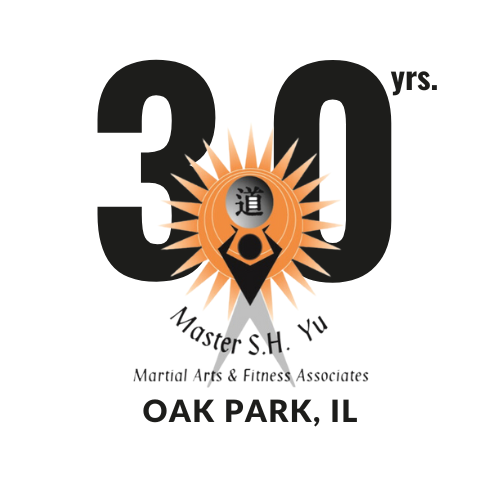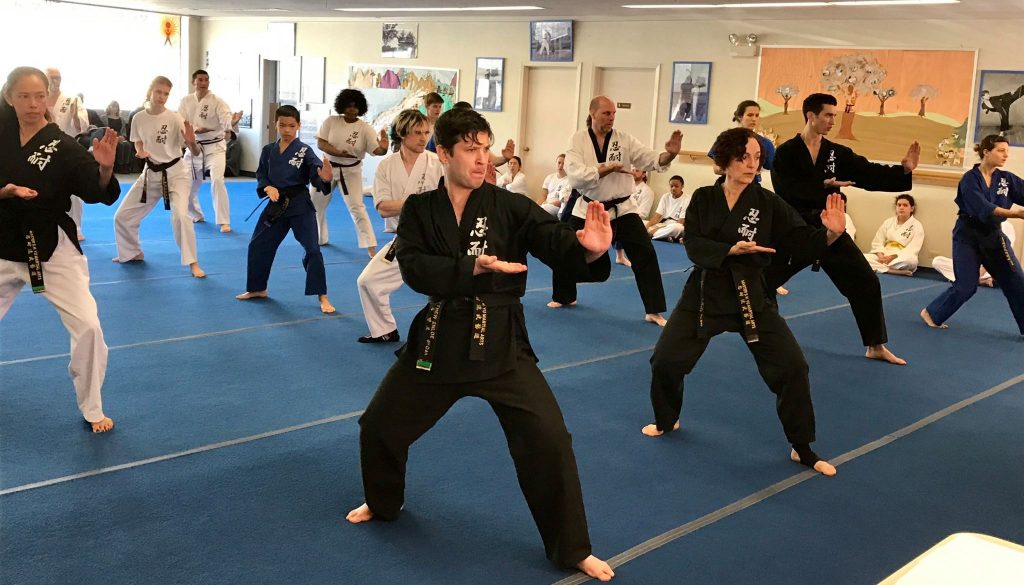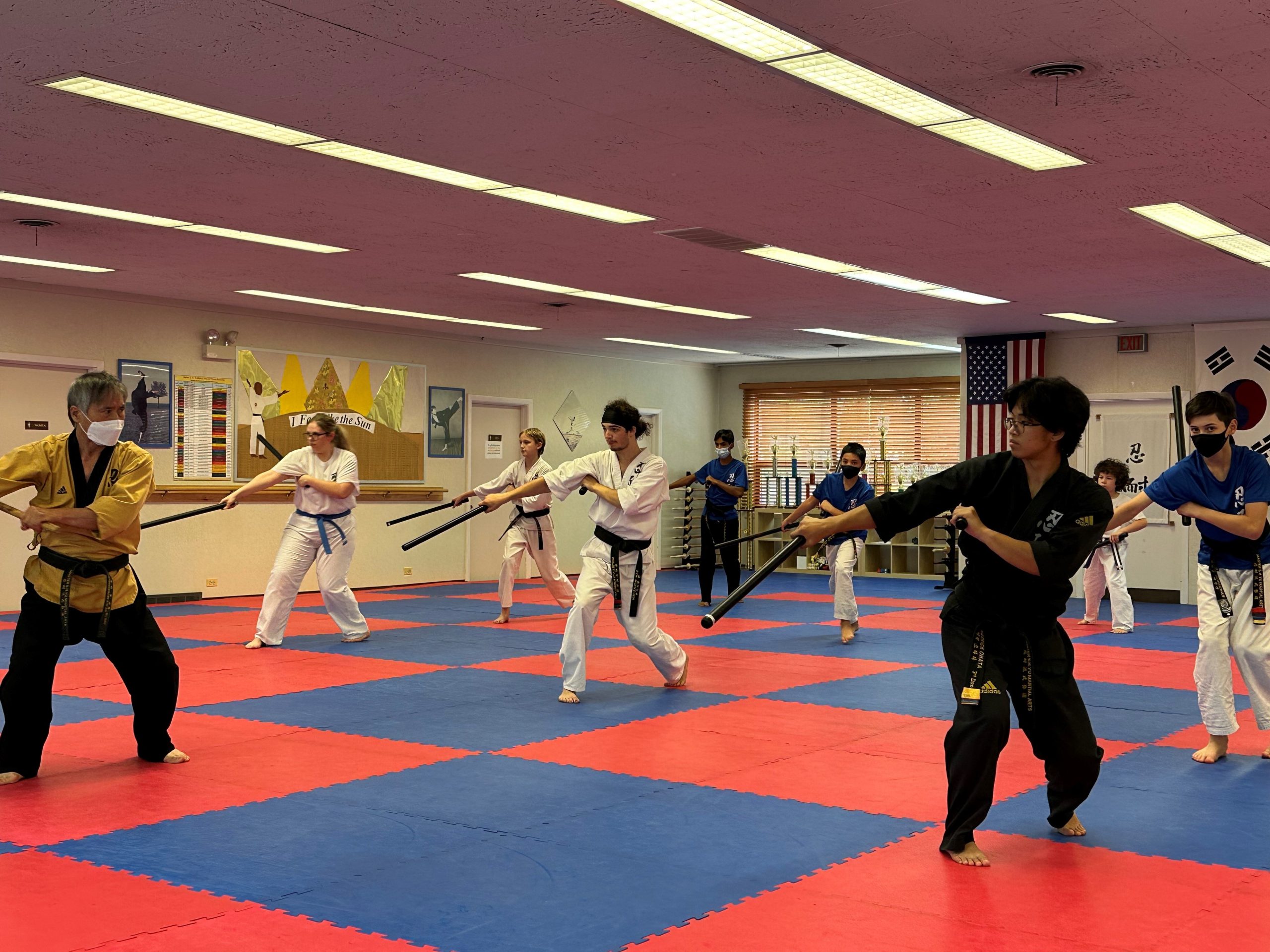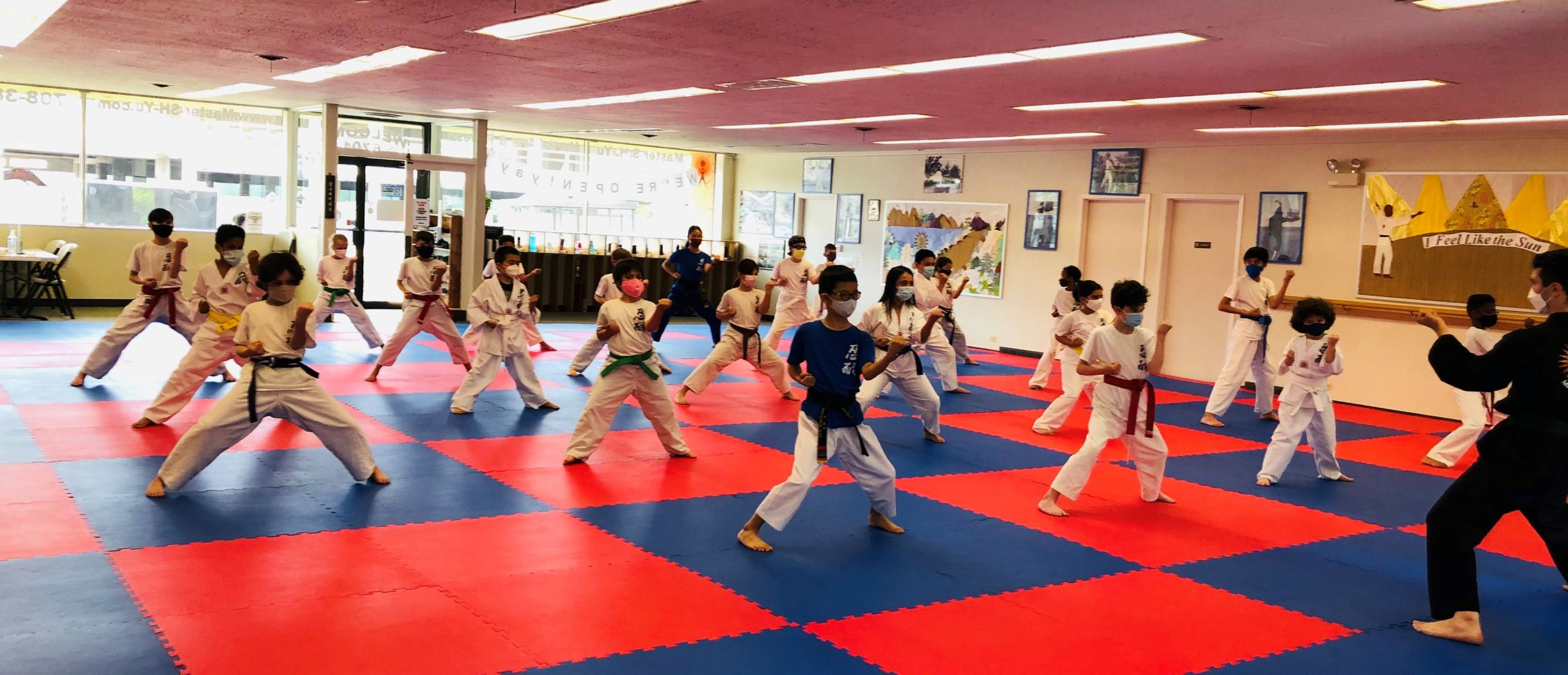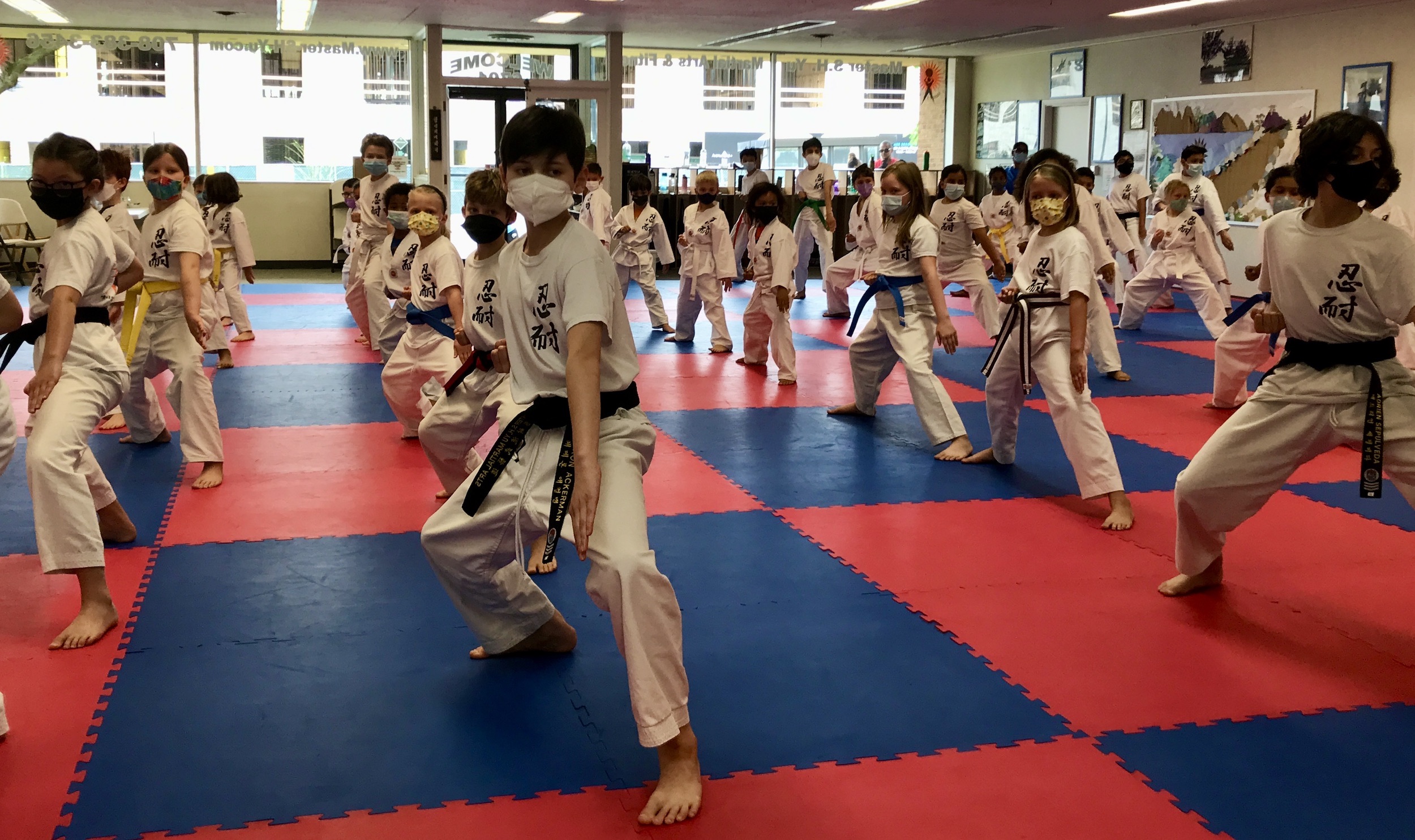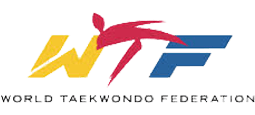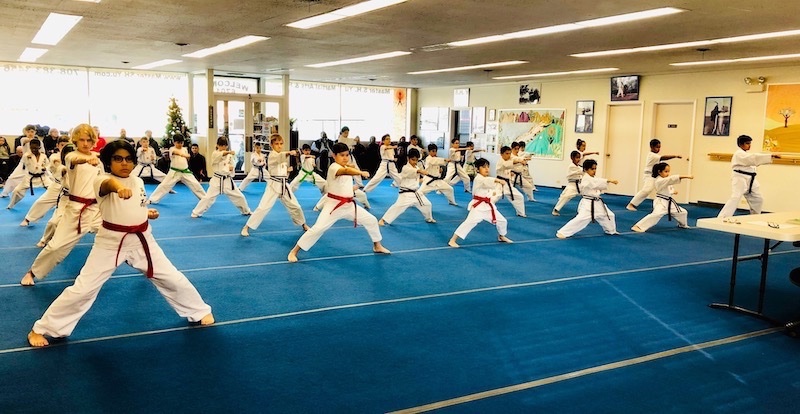
How to Prevent Injuries in Martial Arts
Updated on January 7th, 2020 at 07:38 am
The martial arts employs skilled techniques, sequencing, and programming, designed directly by Sr. GrandMaster Yu for our students, makes injuries a rare occurrence at our Dojhang. However, there are some injuries such as bruises and sprains the can occur despite the monitoring of our instructors in your martial arts training and competition.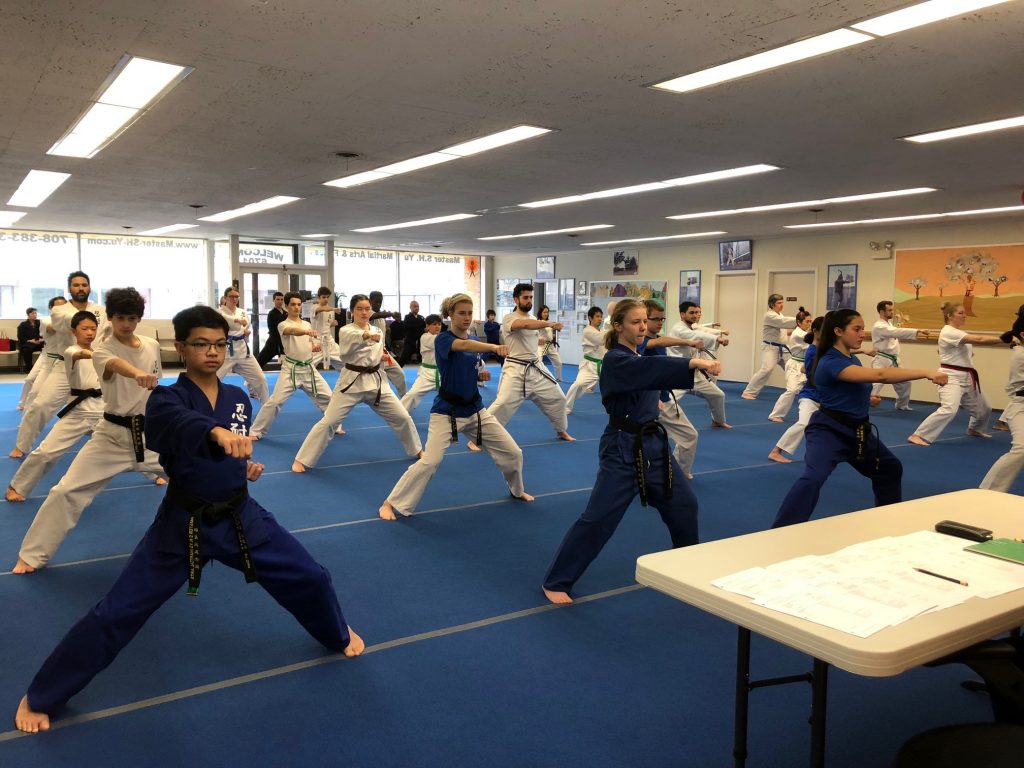
Considering the extreme variances in injury levels for each form of martial art, the interested practitioners should take steps to evaluate the risk factors, environment and instruction for each form. Choosing to train with Sr. GrandMaster Yu is one of the top preventative measures you could take, along with your physical and mental strengths, goes a long way in helping to avoid injury.
Among the various styles of martial arts, jujitsu brings with it the highest percentage of reported injuries—at 97.5 percent. Second to jujitsu, the practice of aikido has a 51 percent injury rate. Kung Fu reigns third in frequency of injuries, at 38 percent. Tai Chi practitioners experience the least amount of injuries, at 14 percent.
Judo is among the top three forms of martial arts that result in injuries. Despite the heavy contact of judo, participants experience less injuries. This is due to the enforcement of strict regulations and rules. Following regulations and proper technique are the best ways to keep injuries at bay.
How to Prevent Martial Arts Injuries
How Does a Physical Exam Prevent Injury?
Preparation for entrance into any sport, including any form of martial arts, should begin with a physical examination. A medical professional should check for cardiovascular problems, neurologic issues and musculoskeletal problems prior to the start of training. A clearance evaluation helps thwart all injuries. Attention to wellness and health maintenance is the first step to success in any regular physical practice and overall quality of life!
How do Warmups Prevent Injury?
Martial artists who warm up with an active warmup stretch, as we do at Master S.H. Yu Martial Arts avoid minor aches and pains and condition joints, muscles, tendons and ligaments. A warmup routine prepares the body’s muscles for the demands we put on our bodies to perform for us. Our opening signature warmup, developed by Sr. GrandMaster Yu as an elite martial artist, and after years of experience, is a continually evolving sequence that prepares the body, mind and spirit for success and fluidity. Through light aerobic activity, stretching to lengthen the muscles and increase flexibility, ending with what we call “basic training” of basic stances, blocks and strikes, we condition ourselves to safe, healthy practice. Our emphasis on safety and injury-prevention is one of the reasons our adult classes are 90-minutes vs. 45 or 60 minutes. Stretching and warmup is also part of our Children’s Program.
Along with a warmup practice, martial arts participants should cool down to prevent injury. Stretching after practicing is essential to reducing sore muscles. Just as stretching helps prior to practice, extending the muscles long and limber afterward brings the much sought-after flexibility that our students work hard to achieve!
Proper warmup sessions reduce the chances of groin strains, where ruptures occur in the groin muscles. Muscle spasms, groin tenderness, and pain are definitive signs of groin strains. Similarly, without hamstring stretches, hamstring pulls and tears are more likely to be severe.
How Do You Avoid Fatigue?
Fatigued martial arts practitioners are increasingly prone to injury. Building one’s endurance through regular general fitness helps ward off the fatigue that leads to poor technique, and, hence, injury. Brisk walking, using long strides, biking and swimming are cardiovascular activities that support your practice by building endurance. Running, although a fantastic aerobic activity, can impede your flexibility – if running is your chosen support activity, Sr. GrandMaster Yu recommends sprinting intervals with distances not to exceed 3 miles.
Extreme fatigue during martial arts training leads to unsafe situations. Our inclusion of anaerobic activities, like strength training and plyometrics, to develop muscle strength and overall performance, builds stamina and joint stability, which can significantly help martial artists deter injuries. Our goal is to see your progress and cultivate your joy in your practice!
How Do You Prevent Bumps and Bruises?
The most common forms of injury are sprains, bruises, and abrasions. Short of implementing proper technique to avoid injury, participants can easily decrease bumps and bruises by choosing to practice in a clean, well-matted, well-maintained dojhang. Master S.H. Yu Martial Arts has installed 2″ Carpet-bonded Foam Matting for the safety and comfort of our students. Our Instructors take pride to ensure the mat is kept in tip-top shape, and our incidence of injuries is less than 1%!
Sparring on mats that are in optimum condition also goes a long way in preventing skin burns and bruises.
How Does Supervision Prevent Injury?
Proper technique is encouraged when martial artists are monitored by certified, well-trained instructors. Correct technique prevents injuries. We are fortunate to have Sr. GrandMaster Yu in residence, who personally takes an interest in each student’s strengths and abilities. He instinctively knows how to bring out the best in each Instructor and Student. Supervision is key, especially when martial artists practice a new or challenging move. Instructors always intervene when martial artists perform new maneuvers incorrectly. This accelerates your understanding and keeps you moving forward.
In fact, when practicing a new kick, punch or throw, professionals recommend the move first be performed at half the speed it is originally intended. The instructor’s advice on proper technique is invaluable in the student’s knowledge level and execution of the move, thereby keeping injuries at bay.
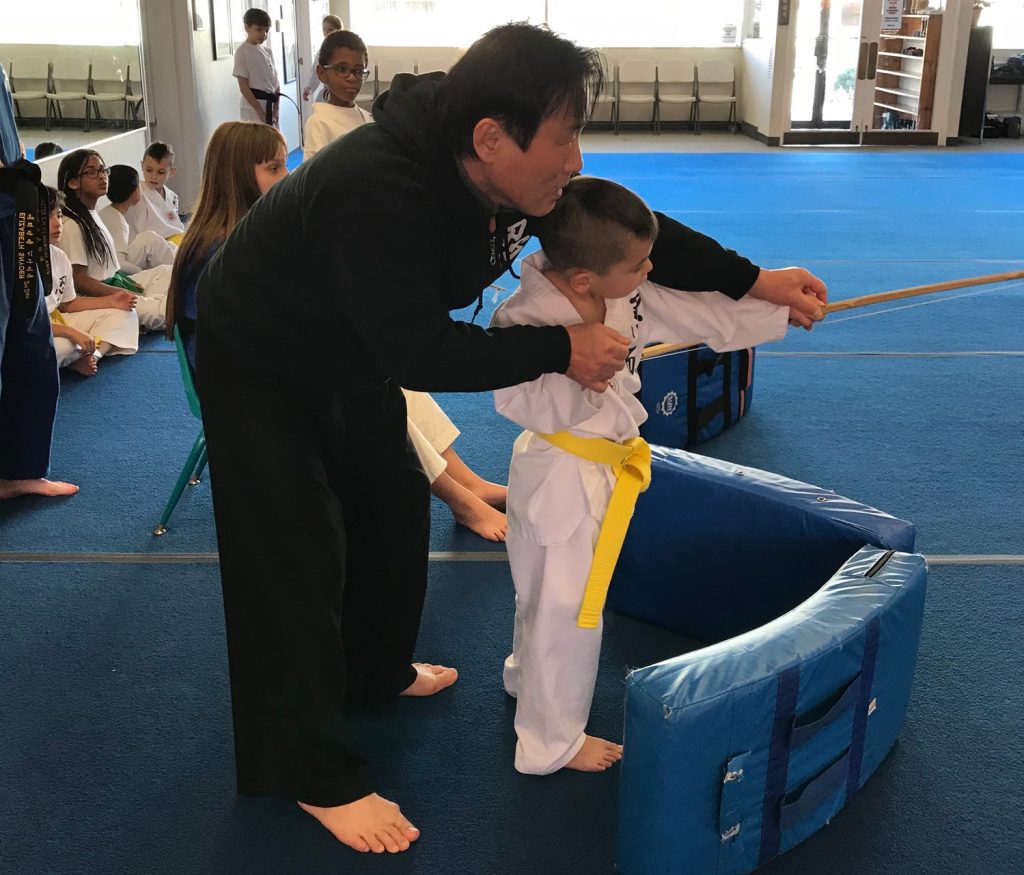
How do Beginners Avoid Injury?
Inexperienced martial arts practitioners are most likely to be injured when participating in the sport. Students new to the sport are unaware of proper technique, as well as timing and spacing. A beginner’s improper reliance on strength rather than correct technique leads to injury.
Practicing with an experienced supervisor helps inexperienced martial artists avoid injury. Incorrect movements can strain joints and ligaments. Plus, students new to martial arts are advised to steadily build their endurance and musculature in preparation for the physical demands of the sport.
Injuries are bound to occur in any sport. The martial arts are no exception. With this knowledge, instructors should be prepared to apply first aid for minor injuries and call emergency personnel for serious injuries, like concussions, fractures, dislocations and sprains.
Learn from the Right Instructors
When you are learning self-defense through taking martial arts classes, the last thing you want to do is injure yourself. Master S.H. Yu Martial Arts in Oak Park helps students learn proper technique, thereby preventing martial arts injuries.
Internationally-certified martial arts instructors at Master S.H. Yu Martial Arts in Oak Park teach their students through rigorous, challenging, level-appropriate pacing that help them succeed. Additional benefits to martial arts training include improved cardiovascular fitness, increased muscle and bone strength and better flexibility.
Adults, teens and children have many opportunities to excel in the martial arts by training at Master S.H. Yu Martial Arts. Students can learn a wide variety of traditional styles, choosing from popular types, like Kung Fu, Karate, Judo, Kumdo and Tae Kwon Do.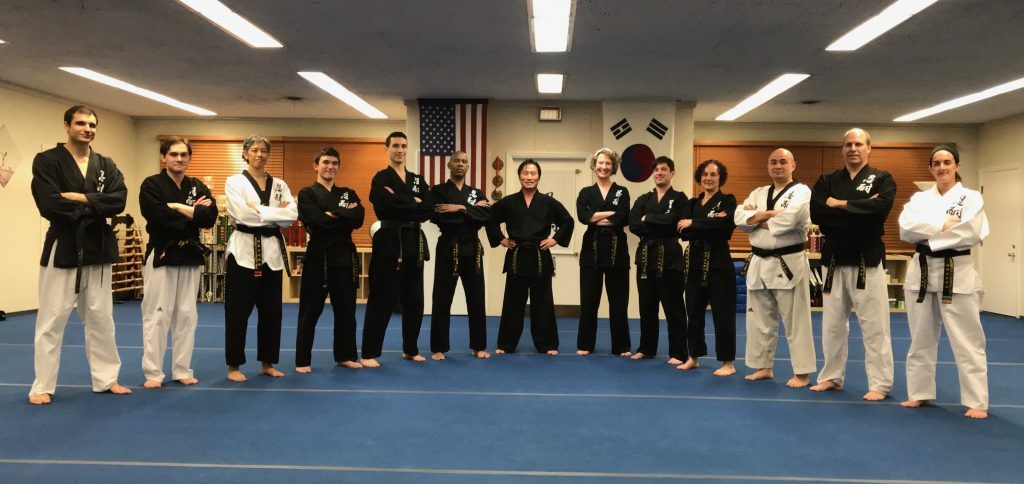
Begin Your Martial Arts Journey with Sr. GrandMaster Yu
The lifestyle lessons received by training in the martial arts are irreplaceable. Begin your journey toward a mind and body transformation by taking martial arts lessons at Master S.H. Yu Martial Arts.
Visit us today, e-mail us at contact@master-sh-yu.com, or give us a call at (708) 383-3456 to get started.
